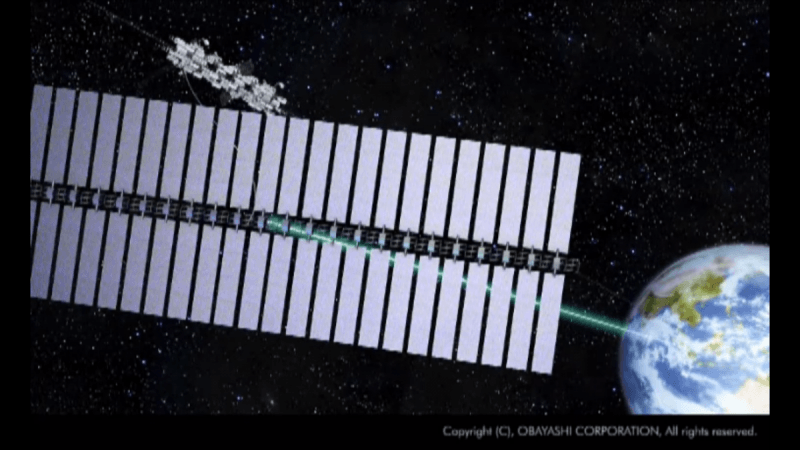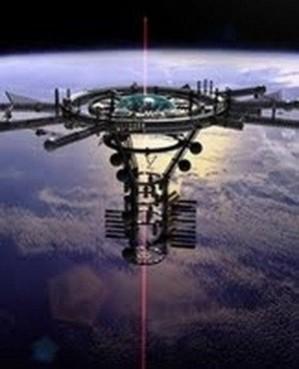
Space elevators might not be relegated to science-fiction any more as Japanese physicists are working on a version that can possibly carry human passengers to space one day. First proposed by a Russian rocket scientist more than 100 years ago, it may finally be put into test by Japanese researchers who are keen to connect Earth and the International Space Station (ISS) via cable.
Space elevators are contraptions that are supposed to work just as they sound. A massive cable is lifted off the ground and taken to an altitude well past the point where gravity will try and pull it back down. Once that is achieved, it is just a matter of climbing the cable up and down. If a working model can be built, the cost of lifting objects and even people to space will drop significantly. In essence, a space elevator could make rockets obsolete, at least to reach the edge of space.
The elevator could also cut down costs dramatically. Currently, it takes $22,000 to lift a kilogram of cargo to the ISS. A space elevator will bring down this to $200.
While the concept is great, the actual building of one could be close to impossible to achieve, but a group of Japanese physicists from the Shizuoka University are planning to build one and by this month end, even conduct a few tests in space.
The first test will be one that explores the movement of a container in the near vacuum of space. Two small cubesats measuring about 10 cm wide will be connected by a 10 metre-long steel cable. Researchers are set to test how an object moves up and down this cable. The launch is set to happen 11 September on a mission to the ISS.
Cubesats will then be released from the ISS where the tethered satellites will hold the cable taut while a motorised container taking the place of a car will move from one end of the cable to the other. This journey will be recorded with cameras attached to the satellites.
The project is being developed in collaboration with Japan's Obayashi Corporation -- a construction giant. The company is also reported to be working on a similar project. It has previously said that a space elevator could be ready by 2050, notes the report.

There are a number of obstacles that come with building a space elevator, notes the report. Manufacturing specialised cables, for example. Apart from being strong enough to not buckle under its own weight, a cable for a space elevator also has to be resistant to high-energy cosmic rays that will bombard it constantly above the cover of the atmosphere. The fluctuations in temperature and the tensile strength needed to be dragged along by the entire planet puts most materials on Earth out of this race.
Obayashi has said that carbon nanotubes are, so far a strong candidate in building a space elevator cable. Another major problem with a space elevator is power. Transmitting electricity from Earth all the way to space while keeping elevators safe from collisions with space debris and meteorites is another concern.

















